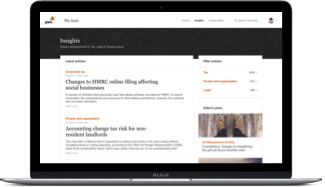The accessibility, accuracy, and integrity of data present challenges for all organisations. The only structured way to overcome these challenges is through data management that uses sophisticated design and cutting-edge technology. Where, for example, indirect taxes such as VAT and GST are concerned, an increasingly important aspect of data management is analytics.
Indirect tax-focused analytics were first developed by tax authorities: the pioneers in this field were the UK and Canada, followed by France, Holland and Germany. By the 1990s, the UK was employing specialist officers to investigate VAT-registered companies and to identify VAT evasion in, for example, the suppression of sales.
Analytics was also used to detect indirect tax errors, since organisations often got something wrong. This could have been down to having poor master data or systems that did not interact smoothly. Perhaps accounting systems were not configured properly, or systems’ tax-related decision logic was imperfect. Problems also arose through human error and, worse, fraud.

